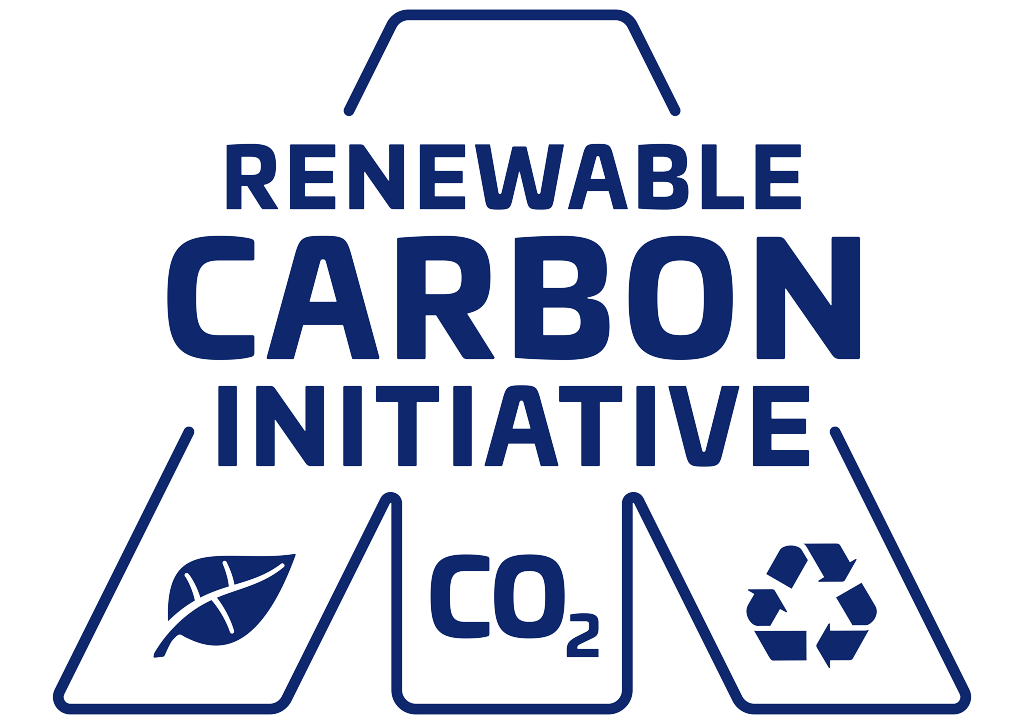‘Renewable Carbon Plastics’..
As raw material for plastics we focus on the carbons already present above ground, rather than extracting them from below.
With ‘renewable carbon plastics’ we refer to:
- biobased plastics
- biowaste plastics
- CO2 based plastics
- recycled (bio)plastics
Green Serendipity is member of the Renewable Carbon Initiative (Nova Institute) and works also closely together with Renewable Carbon Plastics Magazine (previous Bioplastics Magazine).
What are Renewable Carbon Plastics
Renewable Carbon can come from the atmosphere, biosphere or technosphere – but not from the geosphere.
Renewable Carbon circulates between atmosphere, biosphere and technosphere.
There are only three sources of renewable carbon:
- Renewable carbon from recycling of already existing plastics and other organic chemistry products, from the technosphere
- Renewable carbon gained from all types of biomass (or biowaste), from the biosphere
- Renewable carbon from direct CO2 utilisation, from the technosphere and atmosphere
Renewable Carbon Plastics (rc-plastics) are innovative sustainably produced plastics based on the above renewable carbon sources and other generally available raw materials. Some rc-plastics can be the same as their fossil-based counterparts (like PP or PE) but with a renewable carbon source. Other rc-plastics, like biobased plastics, can have different and therefore interesting characteristics that are already recognized and used in the packaging industry, agriculture and horticulture, medical, consumer electronics and the automotive industry worldwide.
(info by Nova Institute www.renewable-carbon.eu)
For more information: info@greenserendipity.eu.


